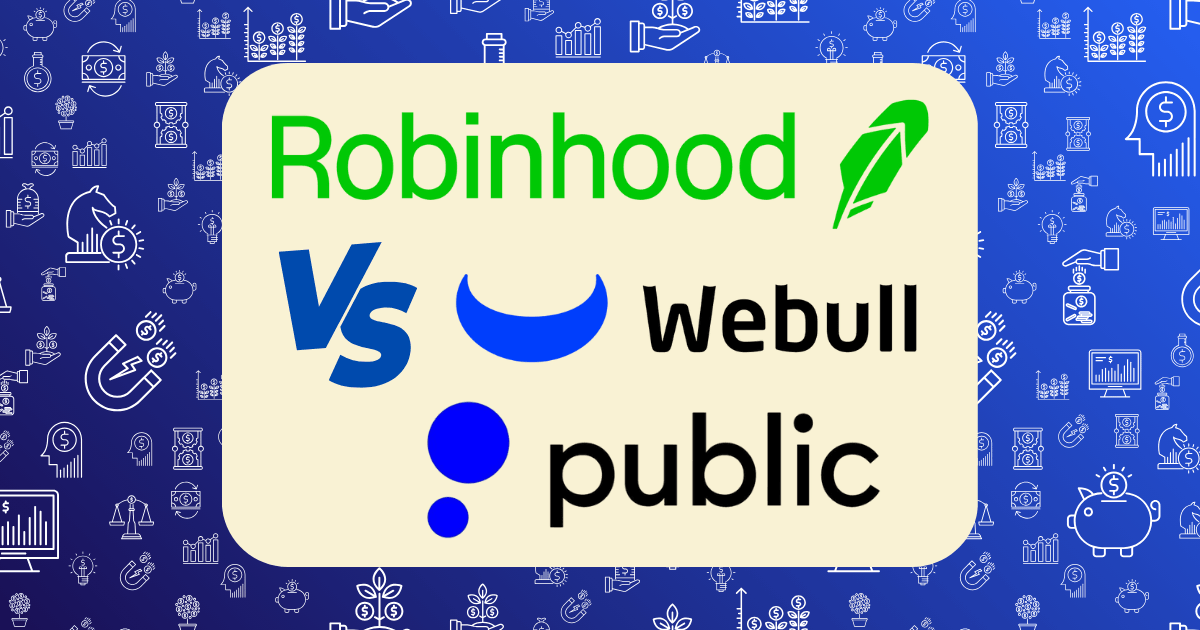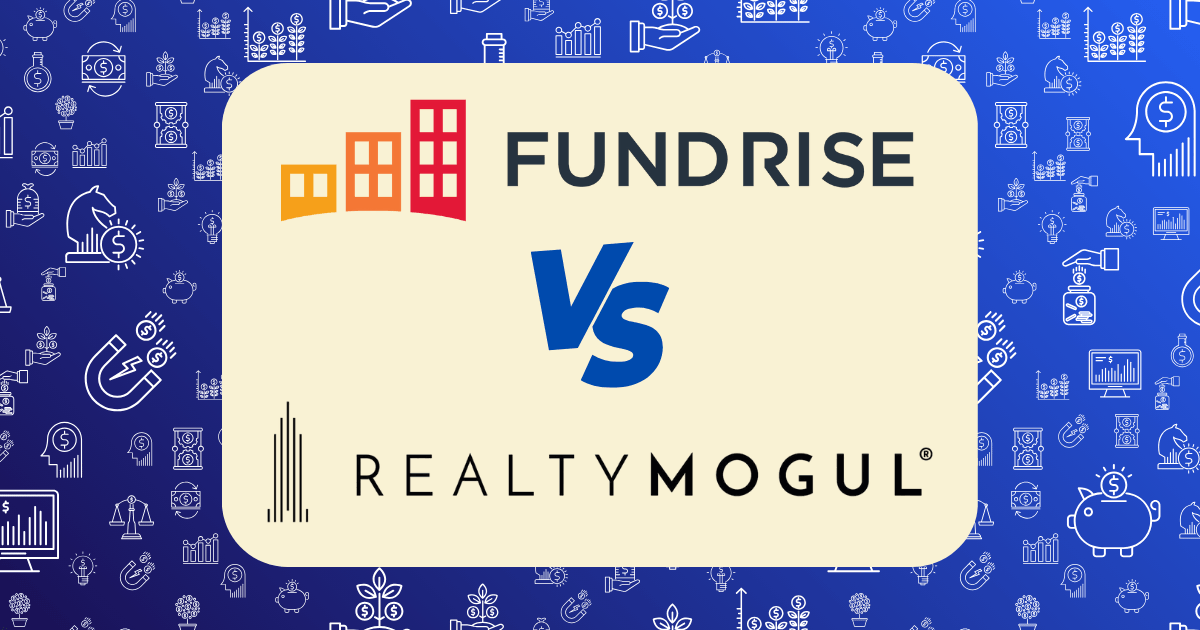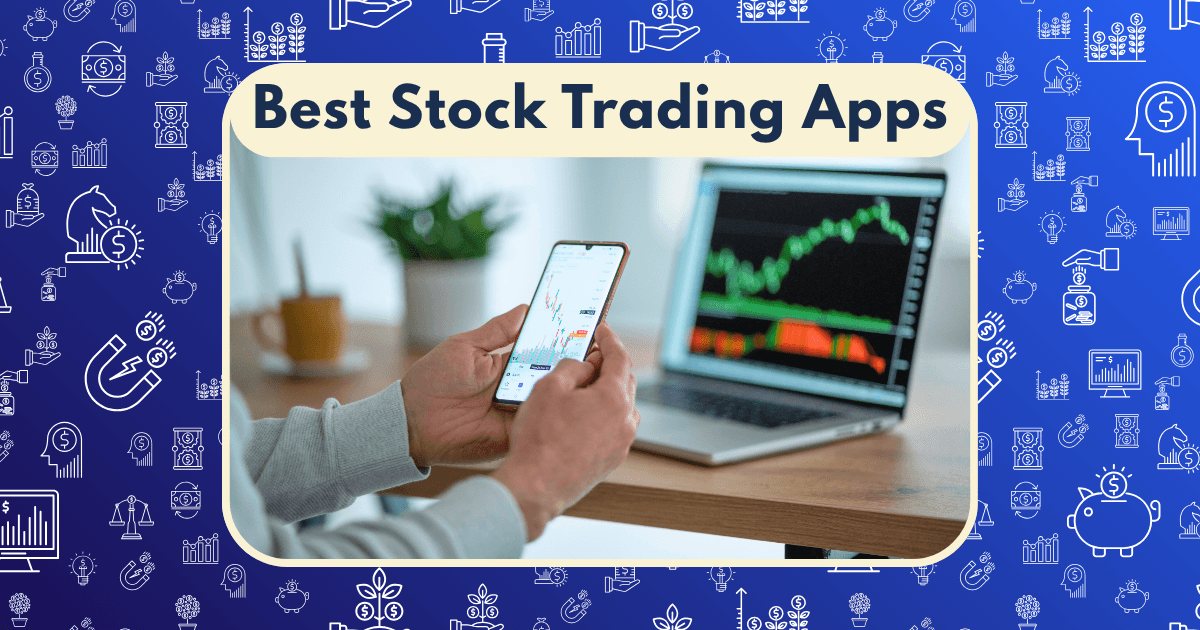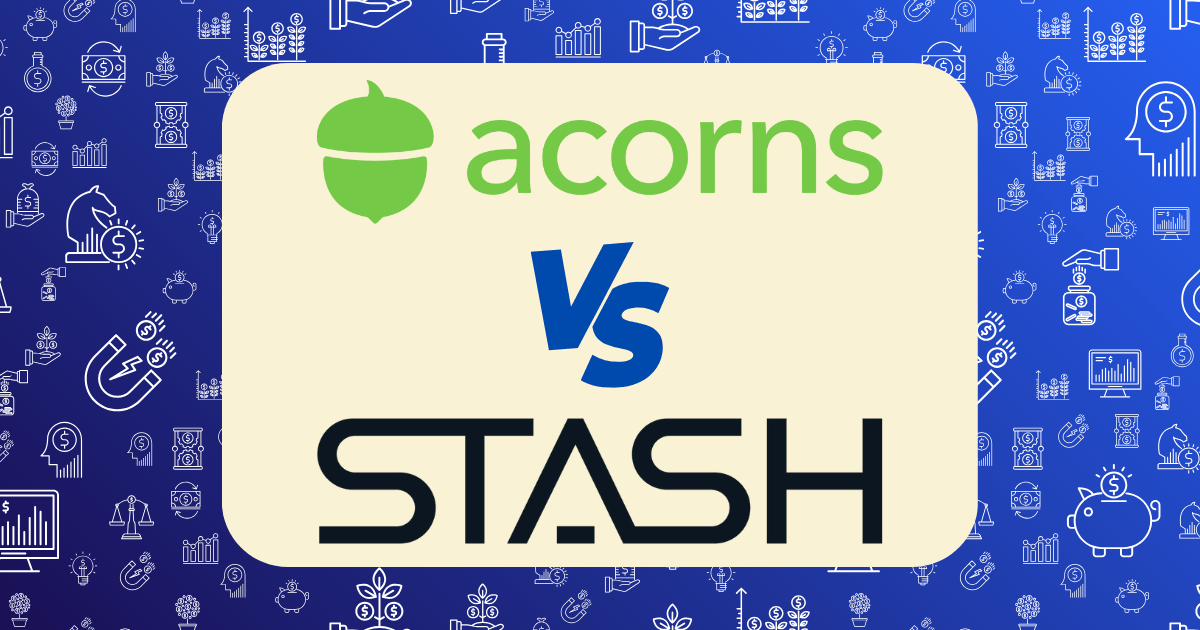Robinhood vs Webull vs Public: I Invested $1,000 in Each App to Compare Performance and Features

Let’s be real—choosing the right investment app in 2025 feels like trying to pick the perfect streaming service. Too many options, similar-sounding features, and everyone claiming they’re the best. After listening to friends debate the merits of different platforms for months, I decided to put my money where my mouth is—literally.
I deposited $1,000 into Robinhood, Webull, and Public to see which platform would give me the best experience and returns. No theoretical comparisons here—just real money, real trades, and real results over three months.
Why These Three Apps?
Before diving into my experiment, let’s address the obvious question: why these three apps?
Robinhood pioneered commission-free trading and remains the most recognizable name with over 13.7 million monthly users. Webull has positioned itself as the more advanced alternative with robust charting tools. And Public, the newer kid on the block, brings a social investing approach that’s gaining traction among younger investors.
Each platform promises a unique approach to investing, but marketing claims and reality don’t always align. Time to find out which one delivers.
The Setup: $1,000 in Each App
To keep things fair, I created a new account on each platform and deposited exactly $1,000. I then created identical portfolios across all three platforms:
- 60% in broad market ETFs (VTI)
- 20% in individual blue-chip stocks (AAPL, MSFT)
- 10% in a growth stock (NVDA)
- 10% in cryptocurrency (BTC)
My goal was to evaluate not just the performance (which should theoretically be similar with identical investments), but the entire user experience from sign-up to trading to monitoring my portfolio.
User Interface and Ease of Use
Robinhood: Sleek but Sometimes Too Simple
Robinhood’s interface remains the gold standard for simplicity. The clean design makes it incredibly approachable for beginners, with a straightforward dashboard showing your portfolio value and daily changes at a glance.
However, this simplicity comes at a cost. When I wanted to analyze a stock’s performance before buying, I found the charting tools frustratingly basic. The app offers only a handful of technical indicators (16 compared to Webull’s 52), and customization options are severely limited.
The fractional share purchasing process was seamless, though—I could invest exactly $100 in Apple without worrying about share prices.
Webull: Data-Rich but Potentially Overwhelming
Opening Webull for the first time felt like sitting in the cockpit of a fighter jet. The sheer amount of information available is impressive but potentially overwhelming for investing newcomers.
The desktop platform particularly shines with extensive customization options and advanced charting capabilities. I could set up multiple watchlists with up to 35 customizable fields—perfect for tracking different sectors or strategies.
The paper trading account (something Robinhood lacks entirely) let me test strategies before committing real money. This feature alone makes Webull valuable for those looking to improve their trading skills.
Public: Social Investing with a Clean Interface
Public takes a different approach by combining investing with social networking features. The interface strikes a nice balance between Robinhood’s simplicity and Webull’s depth.
The social feed shows what others are buying and selling (with amounts hidden for privacy), along with their reasoning. This transparency was refreshing—I discovered several interesting stocks through community discussions that weren’t on my radar.
The “Themes” feature, which groups stocks by concepts like “The Future is Female” (women-led companies) or “Green Power” (renewable energy), offers an intuitive way to discover investments aligned with specific interests or values.
Fees and Costs
All three platforms offer commission-free trading for stocks and ETFs, but there are differences in the fine print:
Robinhood
- No account minimum
- Gold membership: $5/month or $50/year
- 5.75% margin interest rate (lower than competitors)
- 4% interest on uninvested cash (Gold members)
- $100 outgoing transfer fee
Webull
- No account minimum
- Premium tier with additional features
- Higher margin rates (8.24%-9.24%)
- 4.1% interest on uninvested cash (Premium users)
- $75 outgoing transfer fee
Public
- No account minimum
- No premium tier required for core features
- Transparent payment for order flow policy
- Tip-based revenue model (optional)
- Lower interest rates on uninvested cash
According to a 2025 NerdWallet comparison, Robinhood offers the most competitive margin rates, while Webull provides higher interest on cash balances for premium users.
Investment Options
Robinhood
Robinhood offers stocks, ETFs, options, and cryptocurrency trading. The platform supports fractional shares, making it easy to diversify with limited capital. They’ve expanded their crypto offerings to 22 different cryptocurrencies, significantly more than their competitors.
The platform recently introduced 24-hour trading five days a week, allowing users to react to after-hours news and events. Their IRA accounts feature a 1% cash match (3% for Gold members) if funds are kept for at least five years.
Webull
Webull provides a wider range of assets, including U.S.-listed stocks, ETFs, options, OTC securities, futures, and futures options. According to Investopedia, they’re planning to expand into commodities trading in 2025.
The platform lacks the fractional shares feature that both Robinhood and Public offer, which can be limiting for investors with smaller portfolios. However, their options trading tools are significantly more robust, with detailed profit calculators and risk analysis features.
Public
Public offers stocks, ETFs, and cryptocurrencies, with a focus on making investing accessible. Their fractional share feature (called “Slices”) allows investments as small as $1.
The platform stands out with its curated “Themes” that group stocks by industry, values, or trends. This feature proved particularly valuable for discovering investment opportunities aligned with specific interests or sectors.
Research and Educational Tools
Robinhood
Robinhood’s educational content has improved significantly but still lags behind competitors. The platform offers basic company information, analyst ratings, and news articles.
Gold members get access to Morningstar research reports and Level II market data, which provides greater insight into market depth and liquidity.
Webull
Webull excels in research tools, offering data from over a dozen providers including Benzinga and Nasdaq. Their desktop platform includes advanced screening tools and customizable technical indicators that rival professional trading software.
The learning center includes videos and quizzes covering various investment topics, though the content assumes some basic knowledge of investing concepts.
Public
Public takes a unique approach to education through its social component. Investors can follow experienced traders and analysts who often share insights and explanations.
The platform also features “Town Halls”—live audio conversations with company executives and financial experts. I attended a session with a mid-cap tech CEO that provided valuable insights I wouldn’t have gained through traditional research.
The Performance Results
After three months of identical investments across all three platforms, the performance differences were minimal—as expected when holding the same assets. However, the experience of managing these investments varied significantly.
Portfolio Value After 3 Months:
- Robinhood: $1,137(+13.7%)
- Webull: $1,132 (+13.2%)
- Public: $1,135 (+13.5%)
The slight variations stemmed from execution timing and small differences in cryptocurrency pricing across platforms.
The Real Difference: User Experience
While the performance was similar, my day-to-day experience using each app revealed significant differences:
Robinhood
Robinhood excelled at providing a frictionless experience. Checking my portfolio took seconds, and placing trades was intuitive. The clean interface made it easy to track my investments without feeling overwhelmed.
However, I often found myself opening other apps or websites to conduct proper research before making decisions. The limited charting capabilities and research tools made it difficult to perform comprehensive analysis within the app.
Webull
Webull required the steepest learning curve but offered the most comprehensive tools. After the initial adjustment period, I found myself spending more time on this platform when analyzing potential investments.
The paper trading account proved invaluable for testing strategies before committing real money. The advanced charting tools and customizable screeners helped me identify entry and exit points with greater confidence.
Public
Public’s social features initially seemed like a gimmick but proved surprisingly valuable. Following experienced investors and seeing their reasoning provided context and ideas I wouldn’t have discovered otherwise.
The community aspect created an engaging experience that kept me more involved with my investments. Rather than checking my portfolio once a day, I found myself regularly engaging with content and learning from other investors.
Security Considerations
All three platforms offer two-factor authentication and biometric login options. According to StockBrokers.com, both Robinhood and Webull provide SIPC insurance covering up to $500,000 in securities.
Robinhood offers additional insurance up to $1.5 million for cash claims, while Webull provides additional coverage up to $37.5 million, including $900,000 for cash claims.
Public follows similar security protocols with SIPC insurance, though they place greater emphasis on transparency around payment for order flow—a practice that has drawn scrutiny in the industry.
Customer Support Experience
To test customer service, I submitted similar questions to each platform:
Robinhood
Robinhood offers 24/7 chat support and phone support from 7:00 a.m. to 9:00 p.m. ET on weekdays. My chat inquiry about options trading requirements received a response within 10 minutes, though the answer was somewhat generic.
Webull
Webull’s customer support is available by phone during market hours and via email 24/7. My email question received a detailed response within 5 hours, with specific information tailored to my account.
Public
Public offers in-app chat support and email assistance. My support request through the app received a response within 30 minutes, with a follow-up the next day to ensure my question was fully addressed.
The Verdict: Which App Wins?
After three months of using all three platforms side by side, there’s no clear one-size-fits-all winner. Each app serves a different type of investor:
Best for Beginners: Robinhood Robinhood’s intuitive interface and straightforward approach make it ideal for those just starting their investment journey. The platform removes friction from the investing process, though more curious users may quickly outgrow its limited research capabilities.
Best for Active Traders: Webull Webull’s comprehensive tools, advanced charting, and extended trading hours make it the clear choice for more active or technical traders. The learning curve is steeper, but the platform offers significantly more depth for analysis and strategy development.
Best for Community-Oriented Investors: Public Public’s social features create an engaging experience that combines investing with learning. It’s ideal for those who value community insights and want to discover investments aligned with specific interests or values.
My Personal Choice
After completing this experiment, I’ve decided to maintain accounts on both Webull and Public while closing my Robinhood account.
I’ll use Webull for research, analysis, and more complex trades, while keeping Public for its community insights and thematic investment discovery. The combination provides both the technical depth and social context that enhance my investment decisions.
Your choice should ultimately depend on your investing style, experience level, and what features matter most to you. All three platforms offer commission-free trading and similar core features—the difference lies in the details of the user experience and additional tools.
Have you used any of these investment apps? Which features matter most to you when choosing a platform? Share your experiences in the comments below!







